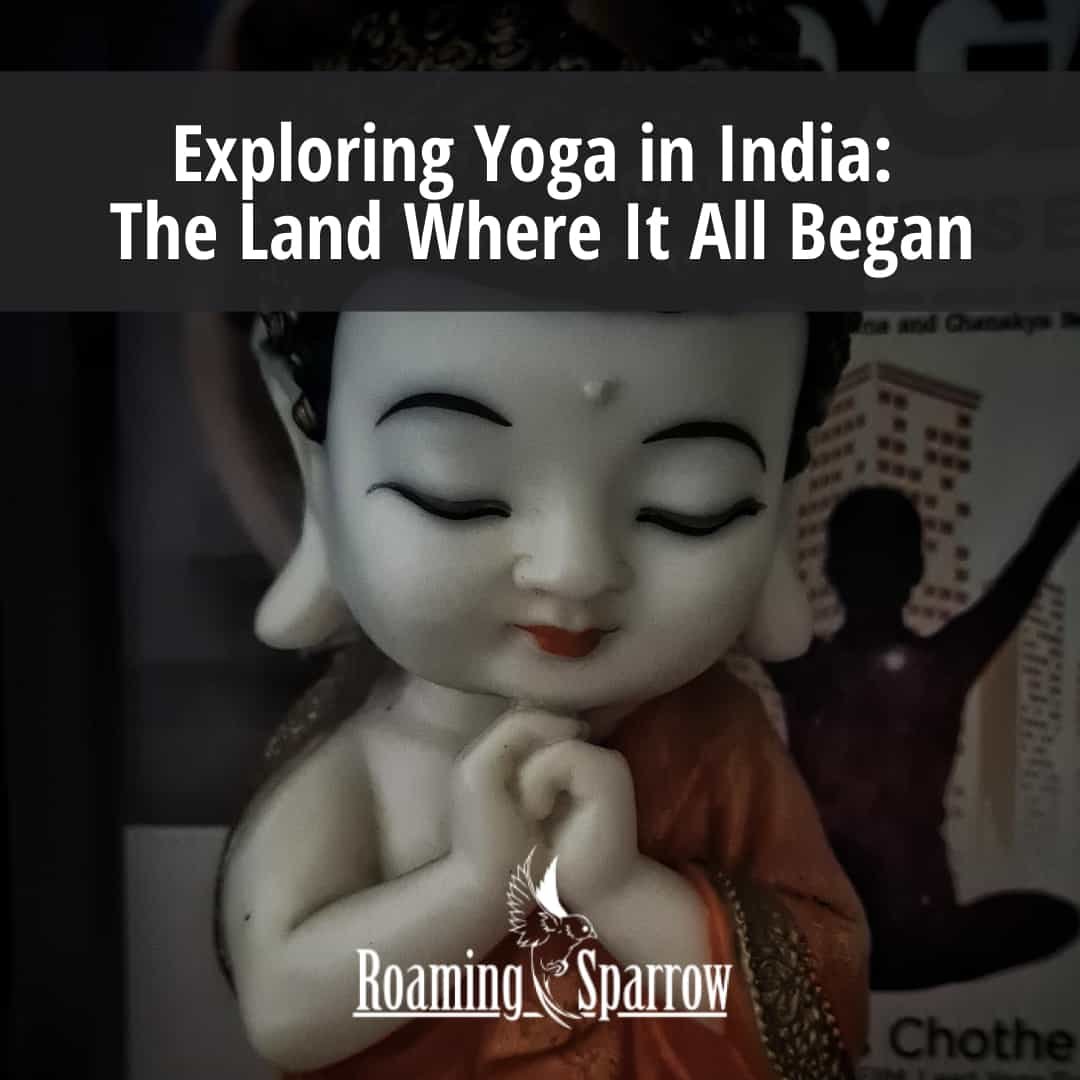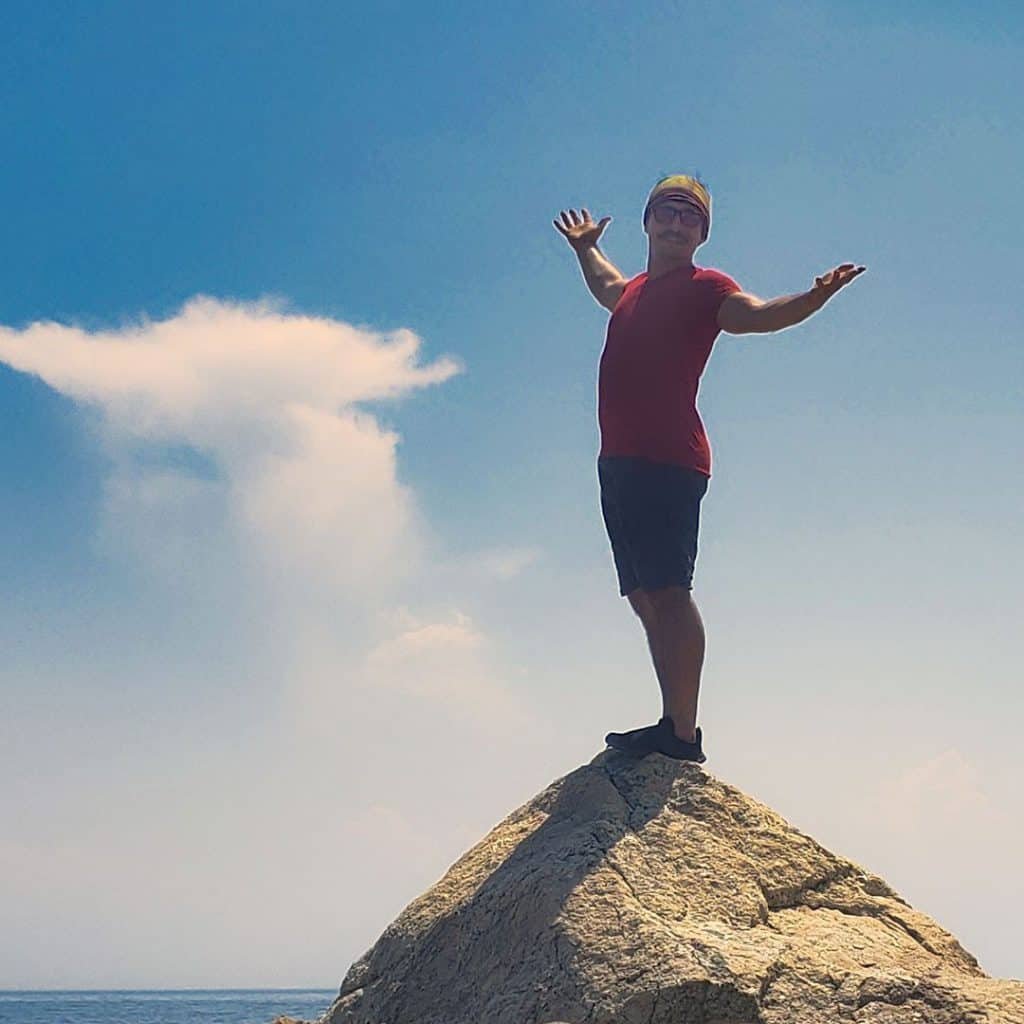Exploring Yoga in India: The Land Where It All Began
Hello Friends,
I have been living at a yoga studio in India for the last week, wadding into the yoga waters, and let me tell you, it has opened my eyes a lot.
If you were not aware, India is the birthplace of yoga, and it has been practiced here for millennia. Yoga is a means to connect with your true self and to achieve blissful states of consciousness. The roots of yoga go as far back as the Vedas, a collection of sacred texts dating back more than 5,000 years. The core of yoga is to learn to still the mind, control one’s breathing, and cultivate a sense of tranquility. Yoga has a spiritual side as well as a physical one. We’ll explore all these aspects in this article.
Disclaimer
If you find any part of this article to be wrong, please let me know. The information in this article is based on my research and limited insight into this topic (*I am still new).
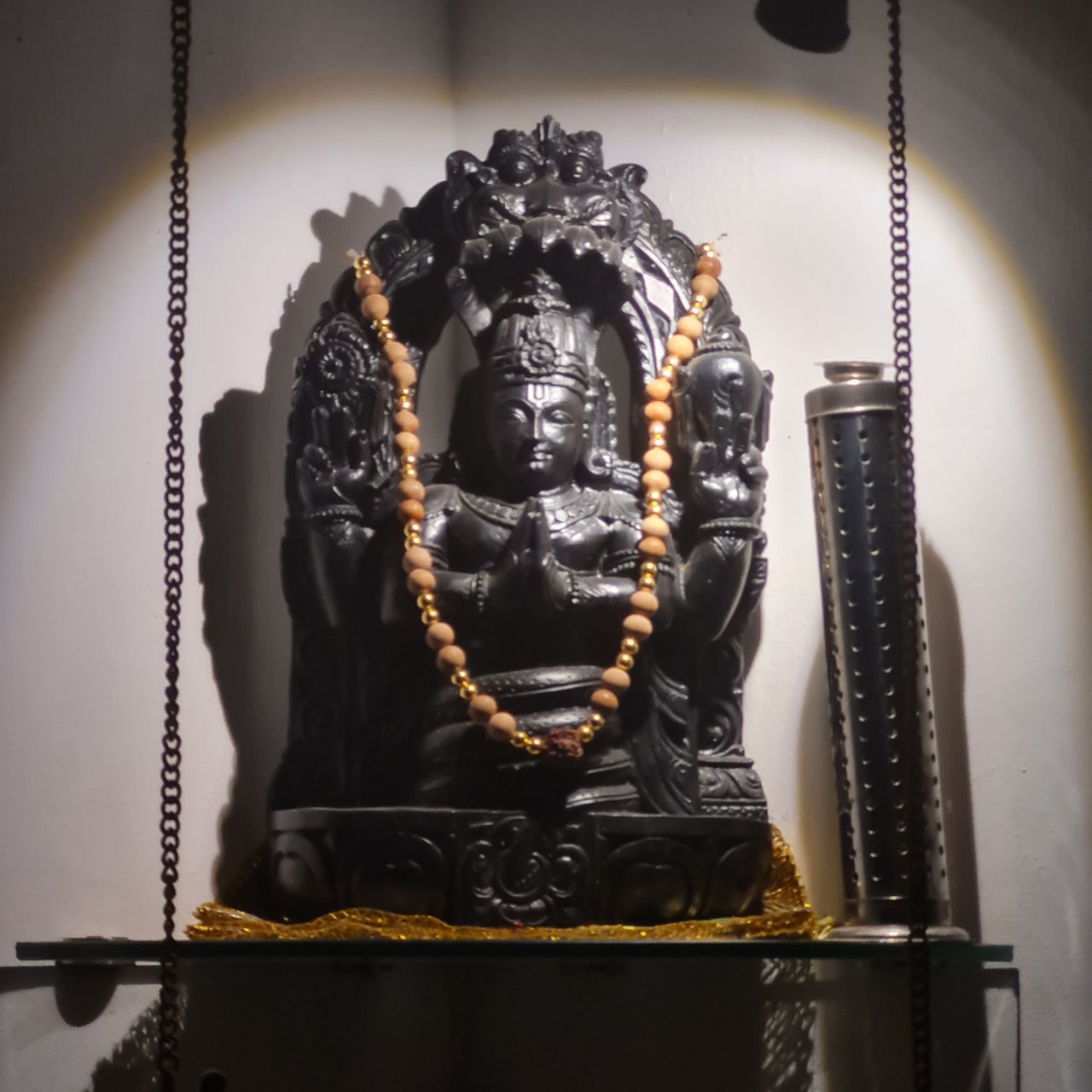
What Is Yoga?
Yoga is a Sanskrit word that means “union” or “union with the Divine.” There are many different types of yoga but they all have one thing in common: they lead to a state of deep relaxation that allows the practitioner to tune in to their true self. Yoga is often referred to as the “union of body, breath, and mind.”
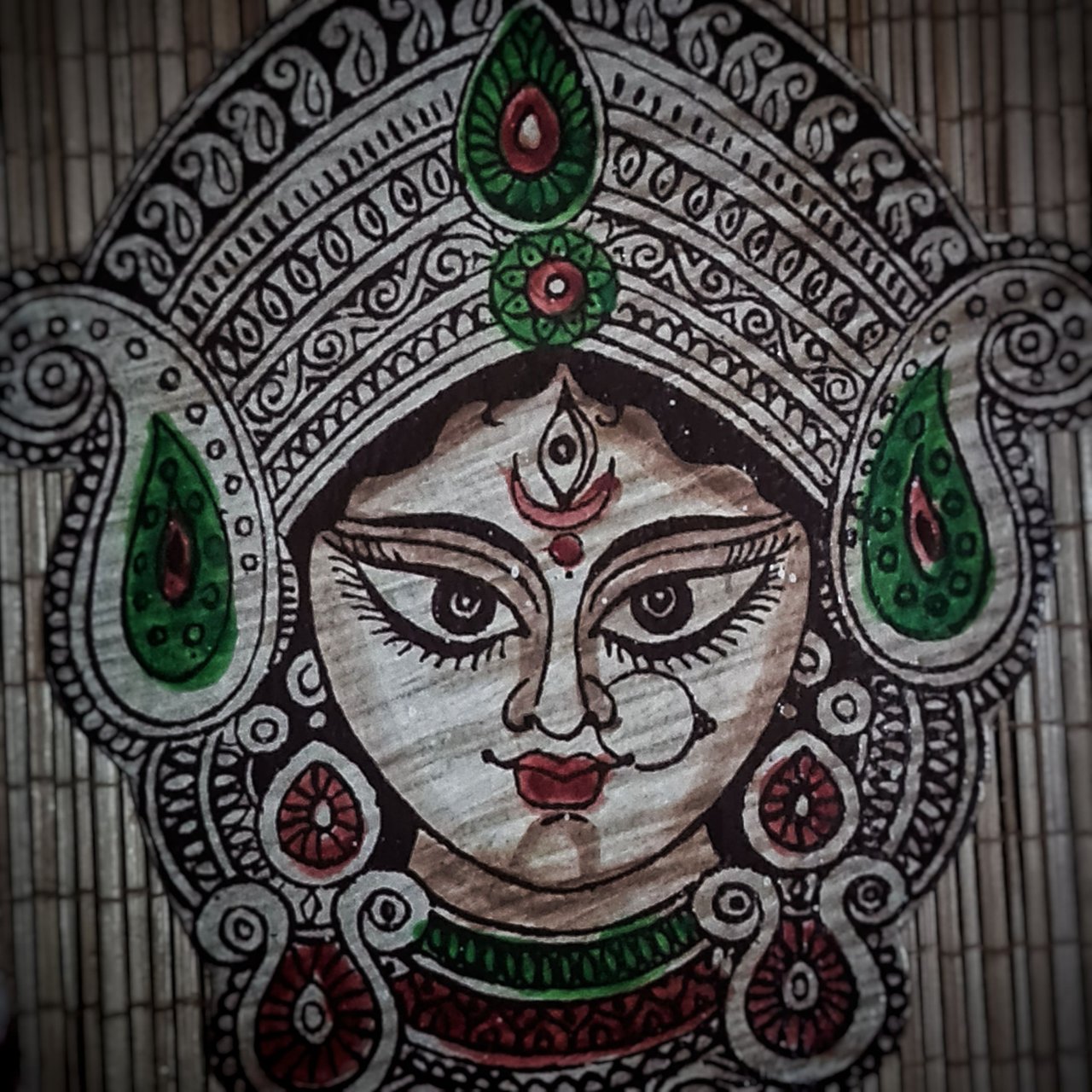
The History of Yoga
The history of yoga is a long and rich one that is filled with many diverse traditions. yoga has had a tremendous impact on the world and is based on teachings and practices that go back thousands of years. The roots of yoga date back to the Vedic era of ancient India, which began around 1500 BCE. Vedic Hinduism is the oldest system of Hindu philosophy and belief, and it’s the spiritual basis of yoga.
The Vedic era of ancient India saw the development of both spiritual and physical practices. The spiritual practices of yoga and meditation were developed during this time, and the physical practices developed alongside them in order to help cultivate the yogic lifestyle. Many of the techniques of yoga that we still practice today are part of the physical practices of that era.
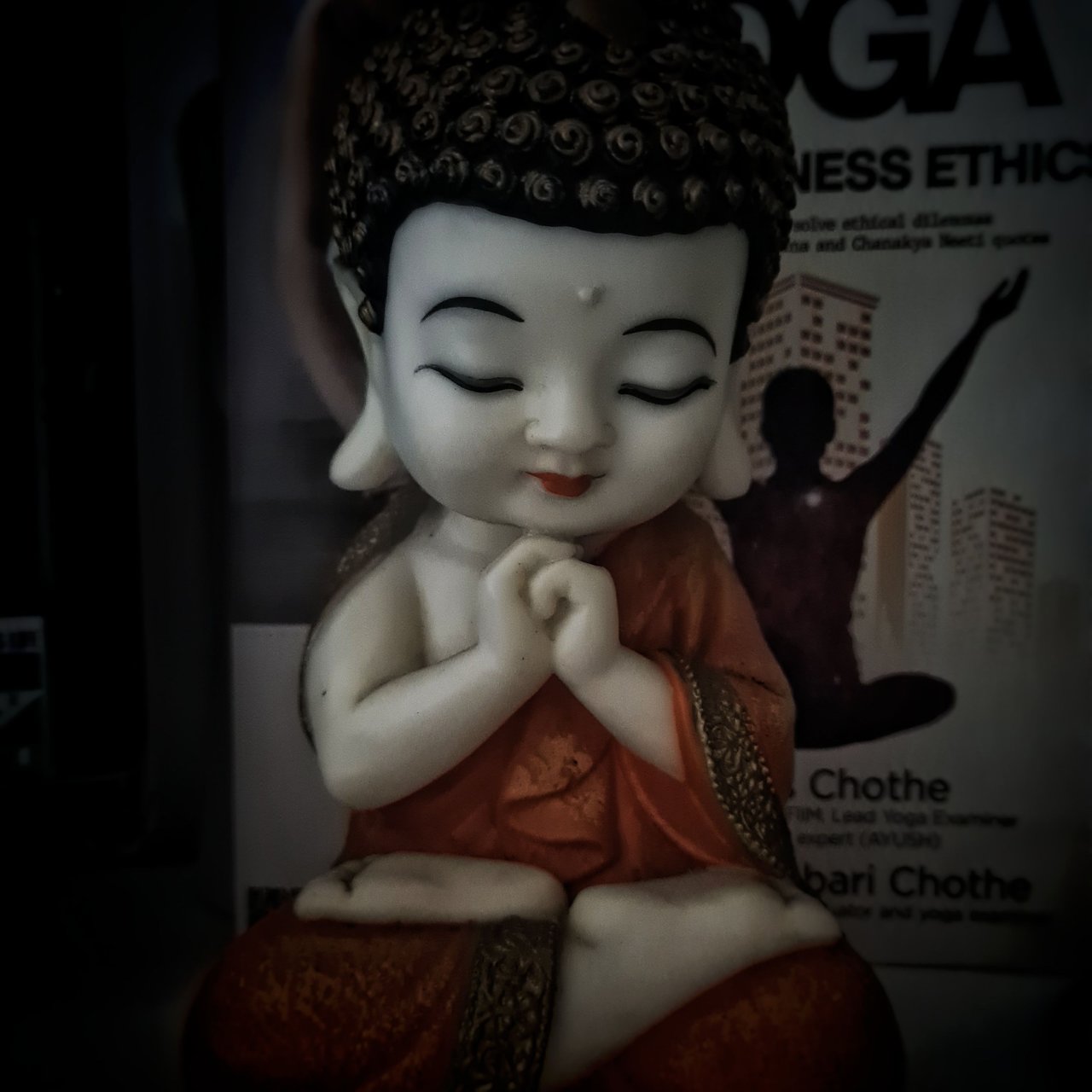
Yoga’s Origins
The origins of yoga are lost in time, and there is no one single source that can be attributed to it. The Vedic era of ancient India is the earliest historical period in which yoga is mentioned. The Vedic texts speak of “breathing exercises” that would help to calm the mind, and they also mention “postures” that would help to release physical tension.
The postures of yoga are believed to be based on the natural movements of the human body, with the goal of achieving a state of perfect balance and relaxation. The main goals of yoga in the Vedic era were to connect with the Divine and achieve a state of bliss. It’s believed that these practices were used for healing and to achieve spiritual awakening.
In summary, Yoga as a physical practice is believed to have originated in India, and it quickly spread to other countries. It was introduced to China in 200 BCE, and then to Egypt around 1000 BCE. The practice of yoga continues to spread to new cultures today, as people from all walks of life adopt new ways to experience a state of calmness, focus, and relaxation.
The Physical Aspect of Yoga
The physical aspect of yoga can be broken down into four main categories: asanas, pranayama, Iyengar Yoga, and the use of yoga props. The word asana comes from the Sanskrit word for “seat,” and it refers to the meditation postures that are part of yoga. As the name would suggest, one of the main goals of asanas is to find a comfortable seated position. These postures focus on aligning the body and achieving proper breathing patterns.
There are many different types of asanas but they can all be broken down into two categories: standing asanas and sitting asanas. The standing asanas are often called “standing poses” because they require you to stand up straight while you’re in them. The sitting poses are often called “forward-facing” because they require you to sit with a straight spine.
There are many different types of asanas, and they all have a different purpose. Some asanas help to open up the chest and shoulders, while others help to stretch the hamstrings and hips. Asanas also vary in intensity, and some are easier than others. You can also choose to do asanas in conjunction with pranayama or in combination with another type of yoga pose.
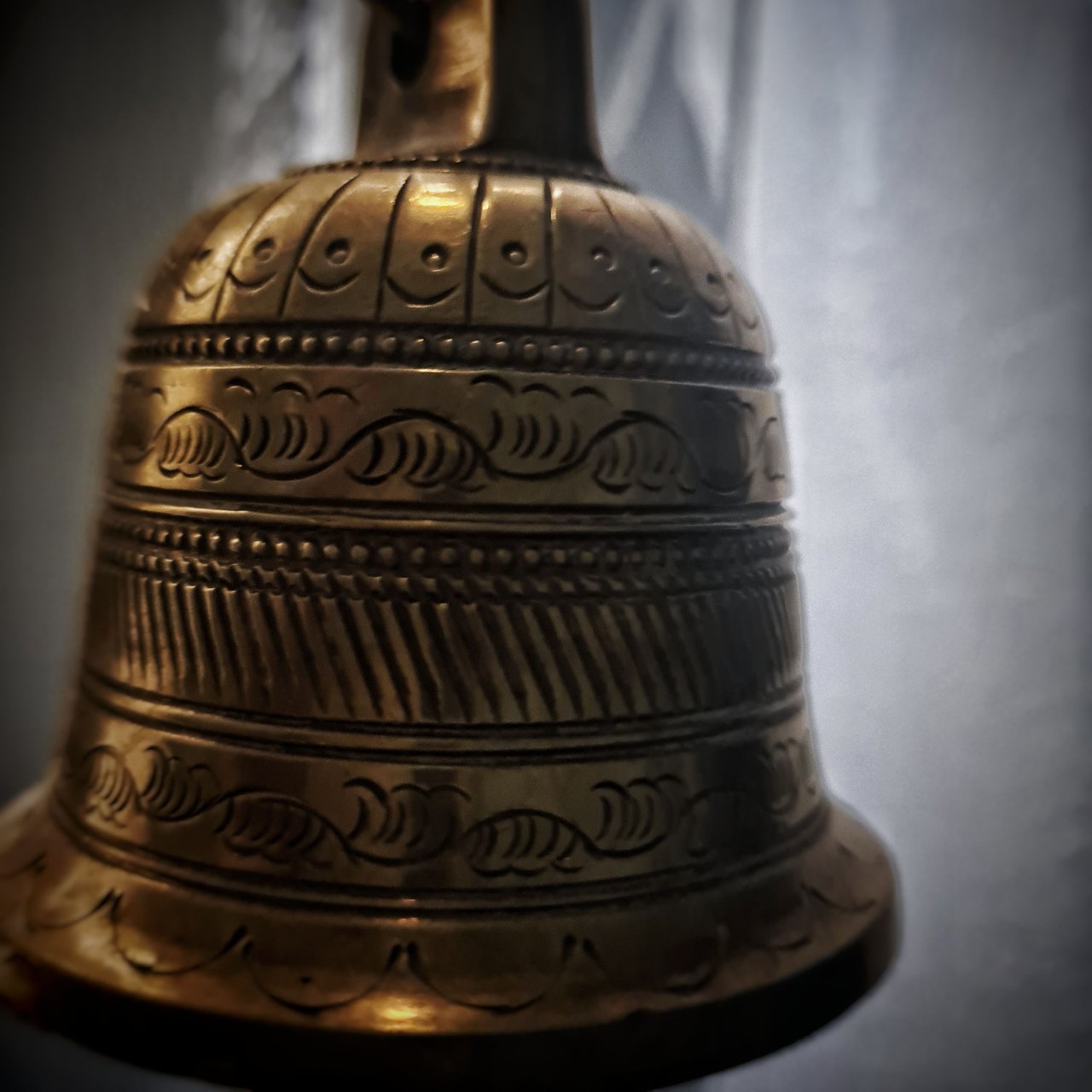
Yoga’s Benefits for Health and Well-Being
In addition to the physical benefits of yoga, there are many other benefits that can be experienced by practitioners. The state of relaxation that yoga can bring is very healing for the body and mind. The meditative nature of yoga can help to reduce stress levels, improve concentration and focus, increase levels of serotonin in the brain, and improve overall mood.
How to Practice Yoga
There are many different types of yoga, and it’s helpful to learn more than one so that you can try out different techniques and find what works best for your body and mind. You can learn to practice yoga in a number of ways. The most common way to learn is through a teacher. A yoga teacher can help you to learn the various postures, breathing techniques, and meditation techniques that are part of yoga.
For myself, I ventured to India and to the Swasti Yoga Center, in Chinchwad, Pune, Maharashtra. Where I had many great conversations with Dr. Vikas Chothe, and his wife Dr. Shwetambari Chothe. They are helping with the newly formed Indian Board of Yoga (Yoga Certification Board (YCB) Govt. of India) that was formed only 4 years ago, to help hold true to the roots of yoga, and offer teacher training in the most traditional and ancient yoga in India.
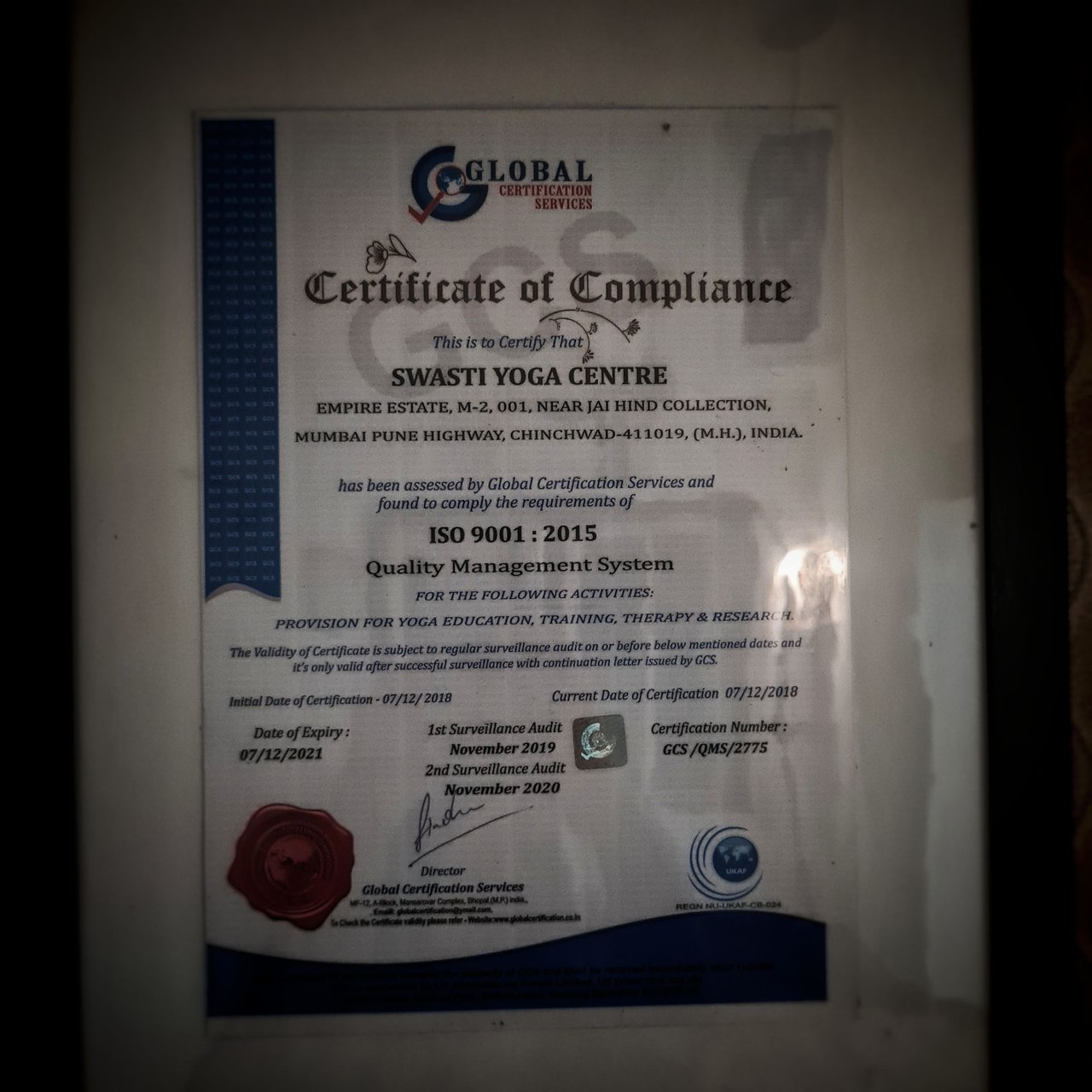
Swasti Yoga Center
Location : Flat No- 001, near Jai Hind Collection
Google map link : https://g.page/SwastiYogaCentre?share
FB link : https://www.facebook.com/swastiyogacenter/
IG link : https://www.instagram.com/swasti_yoga_center
I can not claim to be a yogi or have any of these skills, but being here has opened my mind to many new ideas about life.
Other ways to practice yoga include doing it on your own or with a partner. You can do yoga at home or in a yoga studio, and it’s a fantastic way to experience the peace and relaxation of the practice. You can find many types of yoga videos on YouTube, and it’s also helpful to talk to people who practice yoga to see what other types of asanas and pranayamas they might practice.
Conclusion
Yoga is a practice that allows you to connect with your true self and to achieve spiritual awakening. It has a physical and spiritual side, and it can be practiced by everyone regardless of their fitness level. You can learn how to do yoga through a teacher or by practicing it on your own. The physical side of yoga focuses on stretching, breathing, and strengthening muscle groups. The spiritual side of yoga focuses on connecting with the Divine and achieving a state of bliss.
Thank you for joining me today for this article, I hope you found it interesting.
If you enjoyed this article, you can read this on about india! India, a land of diversity with a rich culture and history.

